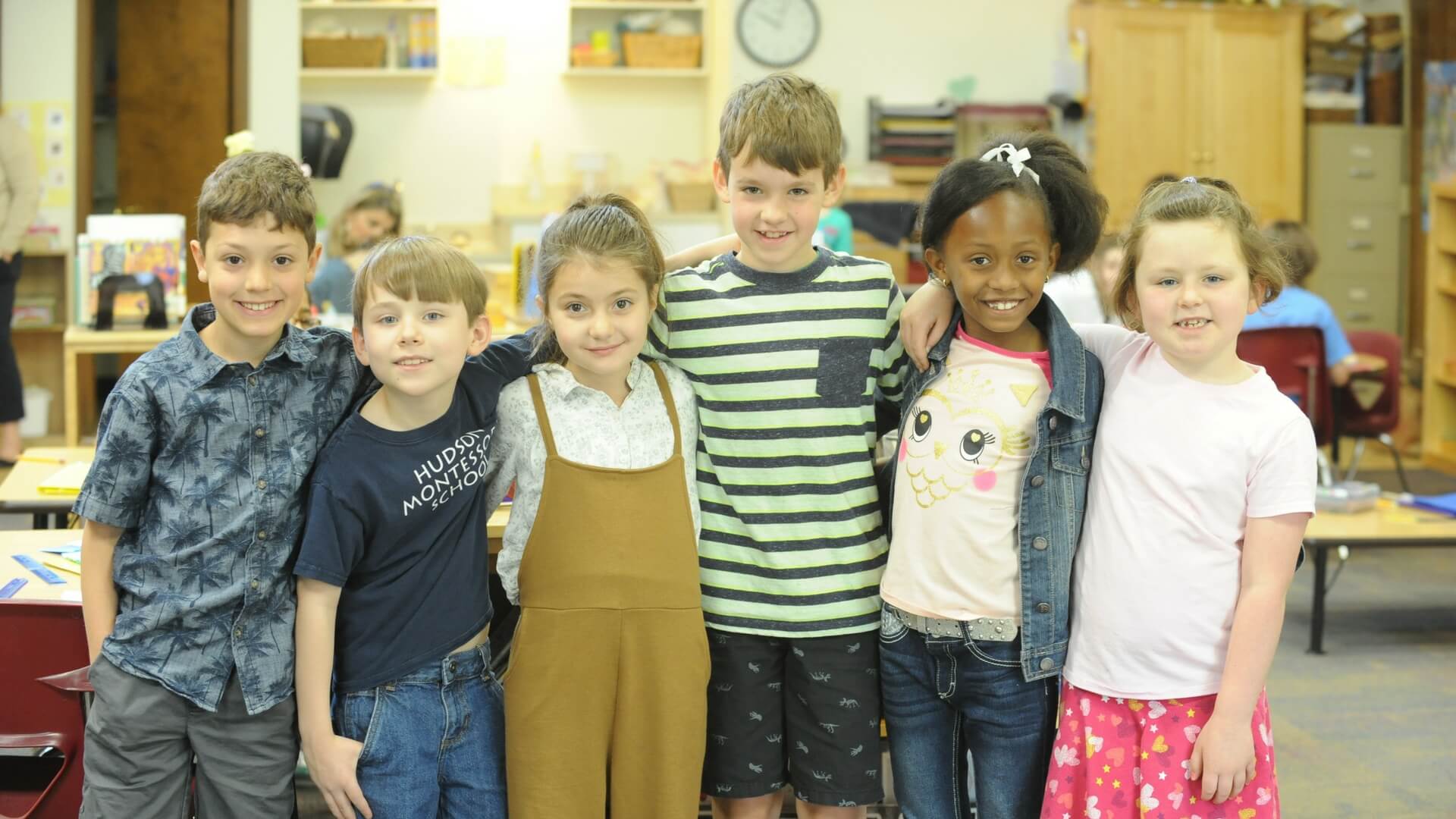As with most things in Montessori education, music doesn’t stand alone. Instead, it is integrated into the child’s day, becoming a natural tool for learning many things. Music is an environment, and in this environment of musical activities and sensations, the child develops a musical intelligence. Also, because songs are such good tools to teach other facts, music becomes a gateway to learning things like math, history, and almost anything that can be put in a song. It’s not just a listening thing either; music encourages movement, and thus coordination, as the child acts out a song or simply taps his toe to the beat. Fill your home with music using these musical activities at home for young children.
Percussion Instruments
Young children love to shake tambourines and pound on drums! These instruments allow your children to create their own music, but you can also encourage them to follow along to a particular beat. Make a distinction between loud-sounding instruments (such as a drum) and soft-sounding instruments (such as a rainstick).
Introduce Classical Music
This doesn’t have to be complicated. Simply put some classical music into the CD player during playtime. You can let it stand alone because beautiful music is soothing to the spirit. Or, for a child who likes to know all about things, you can tell a story about the composer or the song. Encourage movement while listening to the music. Sway with your child, or hold your baby in your arms and gently dance around the room. Use tape to create a line (straight or elliptical will work), and have your child walk, run, or hop on the line as she listens to the music.
Allow Children to Hear Different Instruments in Person
Do you play an instrument, such as the guitar or the piano? Then play it for your child. Do you know someone who plays the trumpet or flute? Invite her over to play in your home. Tell your child what the instrument is, let him look closely at it, and play a range of notes on it. Let the child hear what that instrument can do. Make sure these are real instruments and not toys.
Listening Table
Collect some books with accompanying music CDs. Set up a listening table by setting these CDs and books next to a CD player with headphones. Peter and the Wolf is a popular story set to music. Your child can follow along with the book as she listens.
Introduce Basic Music Terminology
When distinguishing between loud and soft music, introduce the actual musical terms: forte and piano. Show your child sheet music and point out different features, such as the treble clef and bass clef. Tell him what a staff is. Show the difference between a half note and a quarter note. Try to reinforce these concepts with simple games. For example, have your child match your clapping rhythm as you clap out three-quarter notes and two half notes. Or, create a matching game with pictures of different musical symbols.
Sing Songs with Your Child
Songs can enrich every aspect of your day. Sing a little clean-up song when it’s time to pick up toys. Create a special hand-washing song so your child knows how long to wash his hands. Sing the “Head and Shoulders, Knees and Toes” song to teach your child parts of the body. The older the child, the more complicated the song can be. Sing nursery rhymes, folk songs, hymns, and lullabies. Try humming familiar songs as well. Does your child recognize the tune? Encourage your child to hum a song and see if you can tell what it is.
Instead of isolating music into its own slot of time during the day, incorporate musical activities at home throughout every aspect of the day, and watch your child grow and learn and delight in the tunes!


